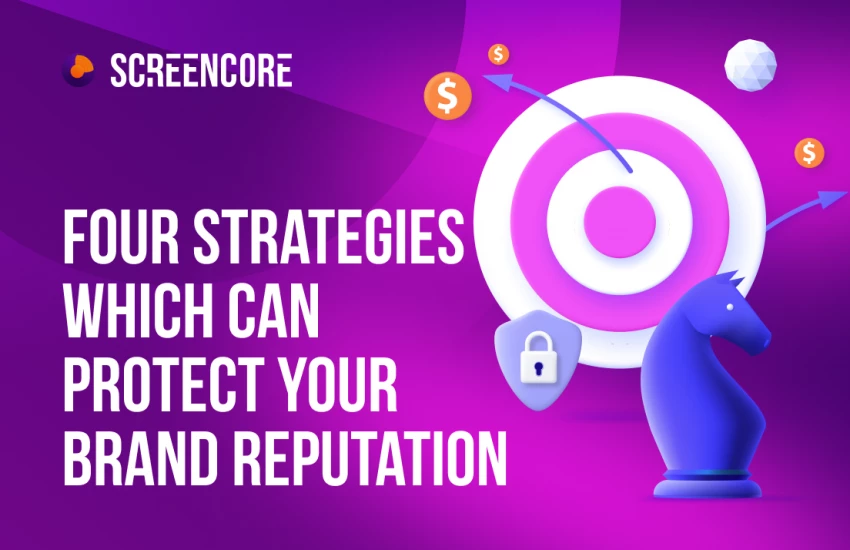Revolutionizing In-Game Marketing: The Power of Programmatic Advertising in the Gaming Industry
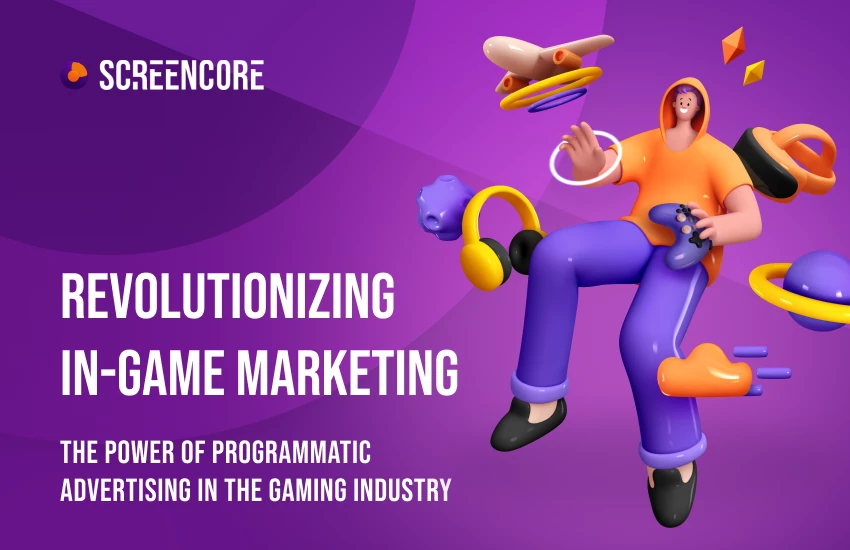
In 2023, the mobile gaming sector is set to retain its position as the most financially rewarding segment, as consumer expenditure is projected to reach $108 billion.
According to a new data.ai and the International Data Corporation study, mobile gaming will remain the industry's most lucrative segment, with consumer spending set to hit about $108 billion in 2023.
Based on rising figures from Microsoft's Xbox Series X/S and Sony's PlayStation 5, spending on home consoles is expected to grow to $43 billion this year. Moreover, spending on Windows PCs and Apple Macs is expected to rise 4% to $40 billion.
Gaming has become a big business globally, gaining traction with new technology, providing an opportunity to reach a wider audience and develop recent decisions and formats to cater to consumer demand.
How the gaming market has changed during the last 5 years
The gaming world has changed dramatically over the past five years, and the next five should be very promising. This is mainly due to the industry's massive revenue generated annually. Gaming is now the number one sector in the entertainment industry, with revenues bigger than the movie and music industries combined, which pushes innovation forward through investment. There is also more competition and more ways to play than ever. Let's take a look at some factors that have contributed to the evolution of the gaming industry in the last five years.
1. Increased popularity of mobile gaming.
Mobile gaming continued to grow rapidly, becoming a dominant force in the gaming industry. The ease of access to smartphones and tablets and a wide range of games contributed to this growth.
2. COVID-19 impact.
The beginning of the COVID-19 pandemic in 2020 was a turning point for the gaming industry. Technology and industry standards began to develop more actively. Millions of gamers began receiving quality targeted in-game programmatic advertising, which set the stage for changing mobile media buying habits. A recent report showed that, by 2025, 93% of advertisers intend to run in-game ads.
3. Quality of mobile games.
The quality and complexity of mobile games increased significantly, with more sophisticated graphics, gameplay mechanics, and immersive experiences. This was partly due to advancements in mobile hardware and the availability of more powerful smartphone processors.
4. Players are more open to in-app purchases.
Many games adopt a free-to-play model, which allows players to download and start playing without an upfront cost. This initial accessibility encourages players to try and invest in the game over time through in-app purchases. In-app purchases can also enhance the gaming experience by offering exclusive items, power-ups, characters, or shortcuts that provide a sense of progression and achievement.
5. Larger publishers entering the mobile market.
Major game publishers and developers increasingly focused on the mobile market, bringing their well-known franchises to mobile platforms. This included new mobile-exclusive games and adaptations of existing console or PC titles.
6. Cross-platform play and cloud gaming.
Cross-platform play became more common, seamlessly allowing gamers to play the same game on different devices and platforms. Cloud gaming services, which stream games over the internet, gained traction and were seen as a potential way to bring high-quality gaming experiences to a wider range of devices, including mobile devices.
So, there are many reasons why the gaming market is so popular. As a result, we have many potential consumers of advertising. But how can we get the attention of these players?
How does the programmatic contribute to enhancing in-game marketing efforts
Programmatic advertising can greatly enhance in-game marketing efforts by leveraging data-driven and automated approaches to target, deliver, and optimize ads within video games.
First, programmatic advertising allows advertisers to target specific demographics, interests, behaviours, and other user characteristics. In the context of in-game marketing, ads can be tailored to the preferences and behaviours of individual gamers. Screencore can select the right audience segments to ensure their ads reach the most relevant players, increasing the chances of engagement.
Secondly, programmatic advertising involves real-time bidding, where advertisers compete for ad placements in real-time through automated auctions. This ensures that advertisers can bid for in-game ad placements based on their budget and targeting criteria, optimizing their spending to reach the most valuable players.
Programmatic allows for creating and delivering dynamic creatives customized based on various factors such as location, time of day, player behaviour, and more. This enables Screencore to deliver more personalized and engaging ads to players, enhancing the gaming experience. Programmatic provides access to extensive data and analytics about ad performance and player behaviour. So our team can gather insights into which ads are resonating with players, which placements are most effective, and how players interact with the ads. This data can be used to refine and optimize future in-game marketing efforts.
Which in-game mobile ads you can use
Playable Ads
These interactive ads allow players to experience a snippet of the actual game mechanics. They provide a hands-on preview of the game, giving players a taste of what they can expect if they download and play the advertised game.
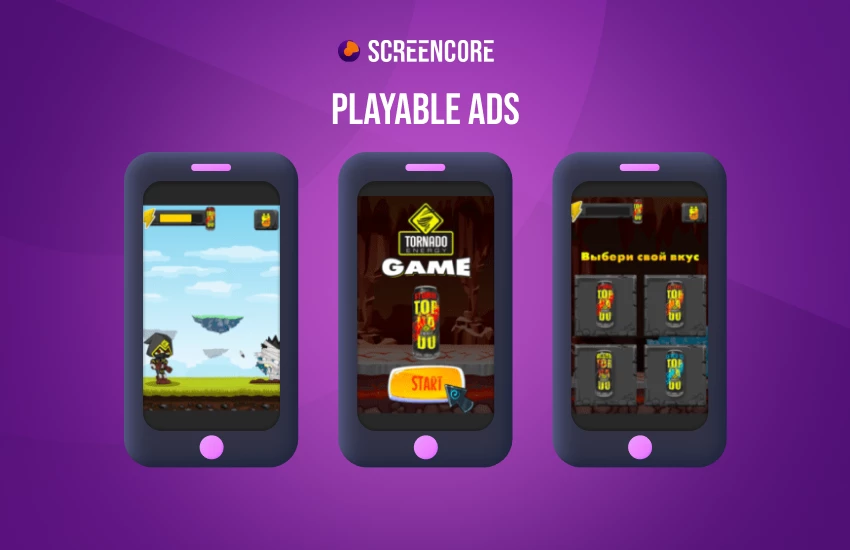
Advergaming
If gamification is such an effective strategy for almost all types of apps, why not consider it when promoting a product by advergaming?
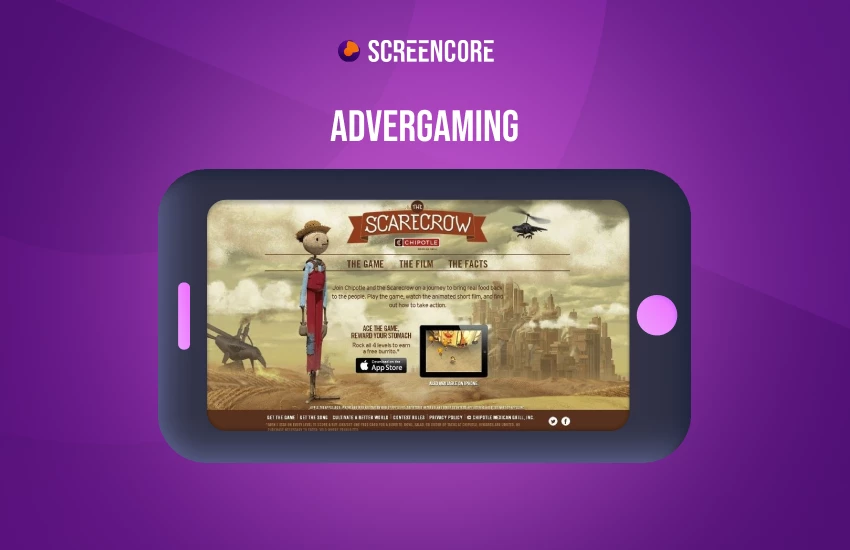
Expandable Ads
Expandable ads are created to reveal more information about a specific brand without leaving the game. With rich media elements, you can increase users' interest.
Interstitial Ads
Interstitial ads are static images really efficient if and only if they don’t interrupt users’ experience. You need to analyze the situation and to find the right place to display them because they occupy the entire screen and users can close them instantly without paying attention to the product.
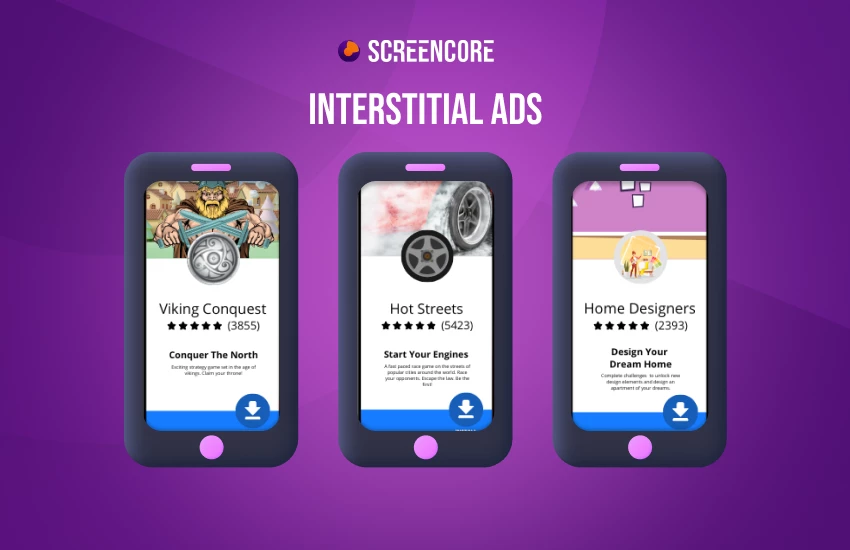
Video Ads
Video ads are similar to static interstitials with the only difference provided by the informative content which is enhanced by video format. Plenty of studies prove its efficiency due to the various options to place them.
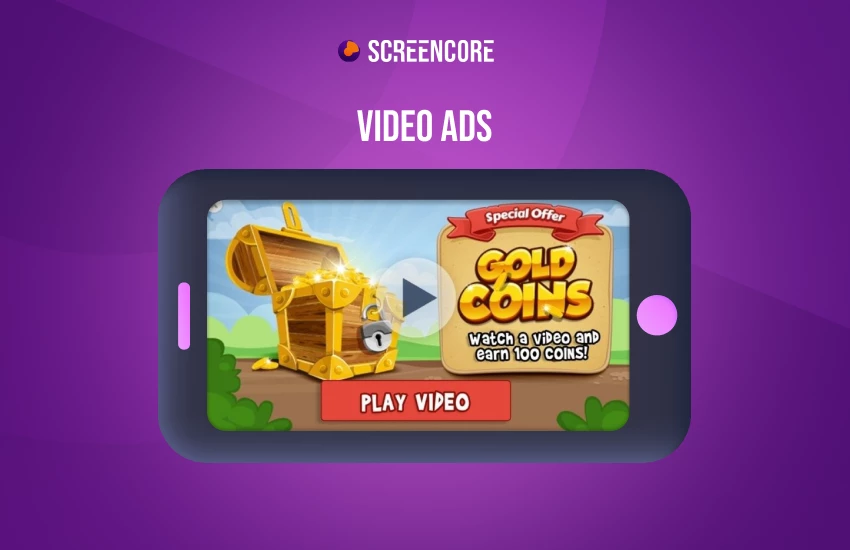
In-Game Ads
This type of ad refers to the content which appears right in the middle of the action.
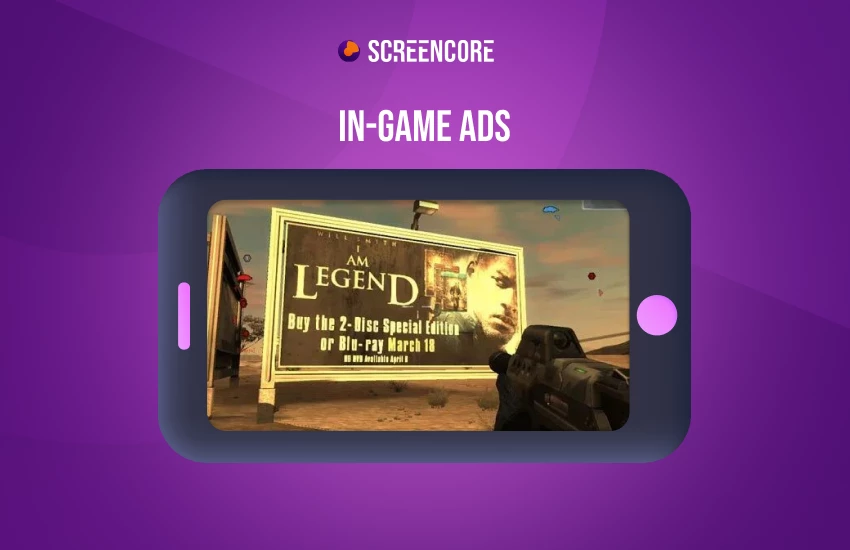
Banner Ads
These small, static or animated ads appear at the top or bottom of the screen during gameplay. They are less intrusive and they can be effective when strategically placed without disrupting the gaming experience.
Conclusion
Programmatic advertising emerges as a pivotal tool in revolutionizing in-game marketing efforts. Harnessing data-driven insights and automating ad placement and optimization empowers advertisers to engage with gamers more effectively and efficiently. The ability to target specific demographics and tailor ads to individual preferences ensures that the right message reaches the right audience. Real-time bidding further enhances cost efficiency, allowing advertisers to allocate their budgets strategically.
Moreover, programmatic advertising opens the door to dynamic creatives that adapt to various contextual factors, enhancing player engagement and improving the gaming experience. The wealth of data and analytics at advertisers' disposal provides invaluable insights into ad performance and player behaviour, facilitating continuous refinement and optimization of in-game marketing strategies.
Launch high-quality mobile advertising with Screencore!

